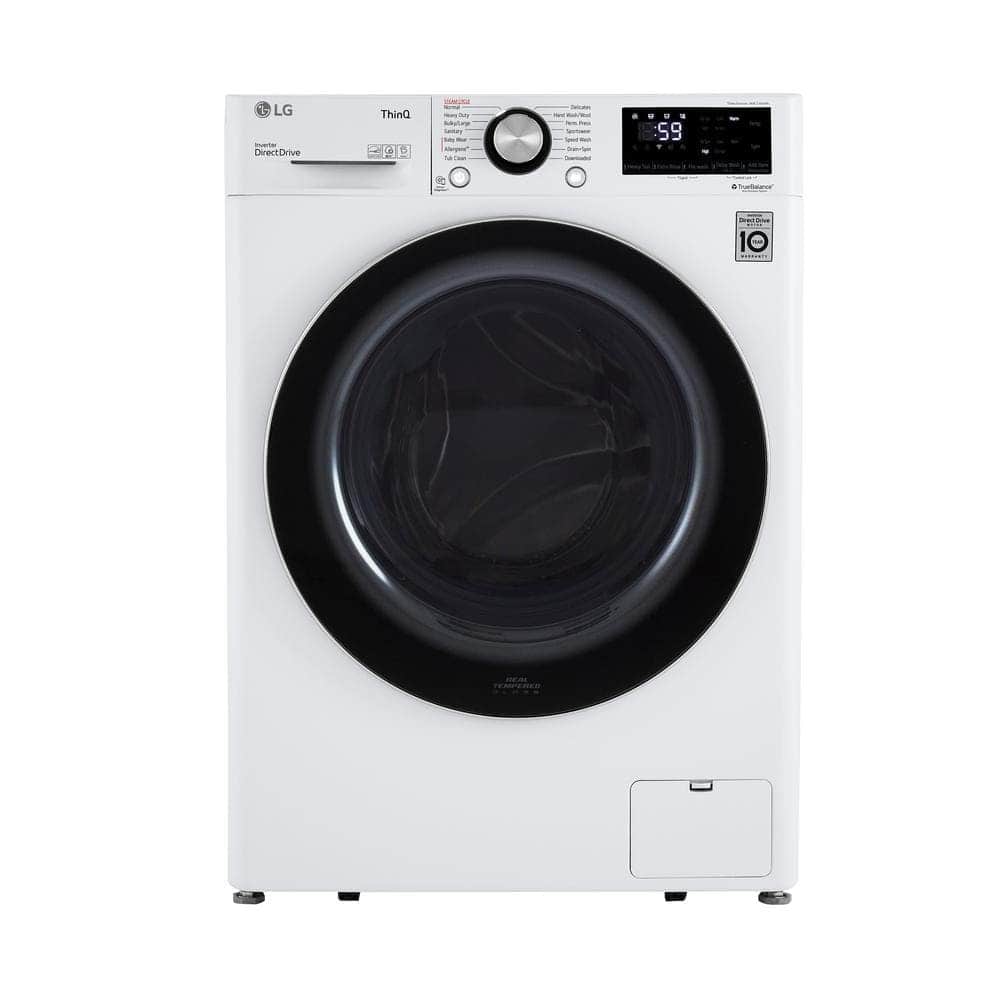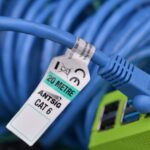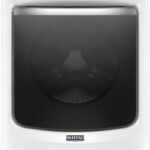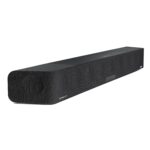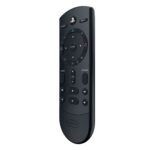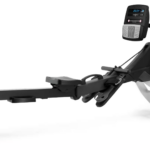LG washers may display the OE code when there’s a problem draining water. To fix this issue, start by checking that the drain hose isn’t blocked. You can also inspect the drain filter and pump for any blockages. Resetting the washer’s software can also help troubleshoot the problem. If these steps don’t work, contact LG support. Identifying the underlying issue, such as a clogged hose or a faulty pump, is important for resolving the problem. Following these steps will help you efficiently handle the OE code error and get your LG washer running smoothly again.
Troubleshooting the LG Washer OE Error
The “OE” error on your LG washing machine indicates a draining problem. This can be frustrating, disrupting your laundry routine. But don’t worry! This guide will walk you through simple steps to diagnose and fix the issue.
Understanding the OE Error
The OE error means your washer is having trouble draining water. This could be due to a clog, a kinked hose, or an issue with the drain pump.
Troubleshooting Steps
Before starting any troubleshooting, unplug your washer for safety.
1. Check the Drain Hose
- Inspect for kinks or clogs: Make sure the drain hose is not bent, twisted, or blocked. Straighten any kinks and remove any visible clogs.
- Check the drain hose height: Ensure the drain hose is installed at the correct height, as specified in your washer’s manual. Typically, it should be between 30 and 96 inches above the floor.
2. Clean the Drain Pump Filter
- Locate the filter: The drain pump filter is usually located at the bottom front of the washer, behind a small access panel.
- Remove the filter: Carefully unscrew the filter and drain any residual water into a shallow pan.
- Clean the filter: Remove any debris, lint, or other obstructions from the filter.
- Reinstall the filter: Securely screw the filter back into place.
3. Run a Spin Cycle or Tub Clean
- Spin Cycle: If your washer has a “Spin Only” cycle, run it to see if the water drains properly.
- Tub Clean: If the spin cycle works, run a “Tub Clean” cycle to remove any remaining debris that might be causing the issue.
4. Check the Drain Pump
- Listen for the pump: During a drain cycle, listen for the drain pump. If you don’t hear it running, it might be faulty and require replacement.

When to Call for Professional Help
If the OE error persists after following these troubleshooting steps, it’s time to call a qualified appliance repair technician. They can diagnose and fix any underlying issues with the drain pump or other components.
Summary of Troubleshooting Steps
| Step | Action |
|---|---|
| 1 | Check the Drain Hose |
| 2 | Clean the Drain Pump Filter |
| 3 | Run a Spin Cycle or Tub Clean |
| 4 | Check the Drain Pump |
Remember, safety first! Always unplug your washer before attempting any repairs.
Key Takeaways
- The OE code on an LG washer indicates a drainage problem, necessitating checks on the drain system to ensure proper functioning.
- Common causes include blockages in the drain hose, issues with the drain pump, or a clogged filter, all of which can prevent water from draining properly.
- To diagnose and resolve the OE code, start by inspecting the drain hose for kinks or clogs, cleaning the drain filter, and examining the drain pump for obstructions or malfunction.
- Regular maintenance, including checking and cleaning the drain hose, filter, and pump, can prevent the recurrence of the OE code and keep the washer running smoothly.
- If DIY troubleshooting does not resolve the OE code, it may indicate a more complex issue requiring professional repair or consultation with LG support.
- Simple reset techniques, such as unplugging the washer for a brief period, may sometimes clear the OE code, but persistent issues should be addressed promptly to avoid further damage.
Understanding the OE Code
When an LG washer shows the OE code, it means the washer is having trouble draining water, and action is needed to check the drainage system. The code can appear for a few reasons. A common one is a clog in the drain hose caused by lint, small socks, or other debris. Another reason might be a problem with the drain pump itself, which could be faulty or jammed with debris. To address the OE code, start by checking the drain hose for any bends or clogs.
If the hose is clear and the problem persists, the issue might be with the drain pump, which requires more effort to check. This involves inspecting the pump’s filter for obstructions and ensuring it’s functioning correctly. It’s important to diagnose the root cause of the OE code to take the right steps to fix the problem. Ignoring it or guessing solutions can lead to more significant issues down the line. Timely maintenance and repairs keep the washer running smoothly.
Finding the exact cause of the OE code might require some detective work, but with the right approach, it’s a solvable issue. Addressing it promptly ensures laundry day goes off without a hitch.
Common Causes of the OE Code
When an LG washer flashes the OE code, it’s a clear sign that something’s not right with the drainage. Several factors can trigger this error. Understanding them helps to tackle the problem more effectively.
One primary cause is a blockage in the drain hose. Over time, debris like lint, coins, or small articles of clothing can get stuck. This prevents water from flowing out smoothly. It’s crucial to check the hose periodically for any signs of obstruction.
Another common issue is problems with the drain pump. The pump plays a vital role in expelling water from the machine. If it fails, water can’t be pushed out, leading to the OE error. Faulty pumps might need repairing or replacing by a professional.
Sometimes, the problem can be as simple as the washer’s filter being clogged. Regular cleaning of the filter is recommended to avoid such issues. A clogged filter can severely impact the appliance’s ability to drain water.
Additionally, the way the washer is installed could influence its drainage efficiency. Incorrect installation might cause the drain hose to be positioned too high or too low. It’s important that the hose is set according to the manufacturer’s instructions for optimal performance.
Ensuring that these components are in good working order can greatly reduce the chances of seeing the OE code on your LG washer. Regular maintenance and prompt attention to any signs of drainage issues can keep your washer running smoothly.
How to Check for a Clogged Drain Hose
When an LG washer displays the OE code, it’s often a sign that there’s an issue with water draining. One of the first things to check is the drain hose. This is the pipe that carries water away from the washer. A clog here can stop water from leaving the machine, leading to the error message.
To start, locate the drain hose at the back of your washer. It’s usually a flexible tube connected to the plumbing. Make sure the washer is off and unplugged before you begin any checks. This is for safety.
Next, disconnect the hose. You might need pliers to loosen the clamp that keeps the hose in place. Once it’s loose, remove the hose carefully. Water might still be inside, so have a bucket or towels ready just in case.
It’s time to look inside the hose. Use a flashlight to see if there are any obvious blockages. These could be bits of fabric, coins, or other debris that accidentally got washed.
If the hose seems blocked, try to remove the clog. A straightened coat hanger or a plumber’s snake tool can help. Be gentle to avoid damaging the hose. If water and debris come out, you’re on the right track.
Run water through the hose to make sure it’s clear. You can do this using a garden hose or by filling it from a faucet. The water should flow freely. If it does, most likely you’ve solved the clog issue.
After checking and cleaning, reconnect the drain hose to your washer. Make sure it’s attached securely and there are no leaks. Test the washer to see if the OE code comes back. If it doesn’t, your effort paid off and the washer should drain normally again.
Different models might have slightly different hose setups, so if you’re unsure, check your washer’s manual. It’ll have specific instructions and diagrams for your machine.
Testing the Drain Pump for Malfunction
When an LG washer displays the OE code, another key area to inspect is the drain pump. This part of the washer plays a crucial role in water removal during the spin cycle. If the pump is faulty, water won’t drain properly, leading to the error code.
To begin, unplug the washer to ensure safety. Accessing the drain pump usually involves removing the back panel or, in some models, the bottom front panel. Once you’ve located the pump, check for any visible signs of damage or obstruction. Small objects can sometimes get lodged in the pump, causing it to malfunction.
Next, examine the pump’s impeller. This is the part that spins to force water out of the drain hose. Make sure it’s not broken or stuck. If everything appears intact, the next step is to test the pump’s electrical continuity with a multimeter. This tool helps determine if the electrical path is broken within the pump. A lack of continuity suggests a need for pump replacement.
Many LG washer models have a manual drain hose located near the pump. Use this hose to drain any remaining water before removing the pump for closer inspection or replacement.
Remember, handling electrical components can be risky. If you’re not comfortable performing these tasks, contacting a professional is advisable. They have the expertise to safely diagnose and resolve issues with the drain pump.
Steps to Resolve the OE Code Error
When an LG washer displays the OE code, it signals a water drain issue. Fixing this problem involves several practical steps. Homeowners and users can often manage these solutions without professional help. Here’s a straightforward guide to addressing the OE code error effectively.
First, it’s crucial to check the drain hose. A kinked or bent hose can halt water flow, causing the OE error. Gently straighten any bends and make sure the hose isn’t squashed behind the washer.
Next, inspect the drain filter. Often, small items and debris block the filter, preventing water from draining. To clean it, simply open the panel (usually located at the front lower part of the washer), remove the filter, and rinse it under tap water. While the filter is out, peek inside the drain to spot any obstructions.
If the issue persists, the fault might lie with the drain pump itself. As discussed earlier, checking for damage or blockage can uncover problems. The pump’s impeller should move freely. If it doesn’t, or if you’ve confirmed electrical issues with a multimeter, replacement is the next step.
In certain situations, the software might need resetting. This can be done by unplugging the washer for about a minute and then plugging it back in. This simple action can sometimes clear the OE code if the hardware isn’t at fault.
Finally, if these steps don’t clear the OE error, the issue might be more complex, involving the washer’s circuitry or deeper mechanical problems. At this juncture, contacting LG support or a certified repair technician is advisable.
Through these measures, users can address the OE error code with confidence. Starting from simple fixes like checking the drain hose and filter to more involved steps such as inspecting the pump, these strategies cover the common causes behind the OE error.
Frequently Asked Questions
What does the OE code on an LG washer mean?
The OE code on an LG washer indicates a problem with the machine’s water drainage system, typically pointing to an issue with how water is being pumped out.
How can I fix an OE code error on my LG washer?
Start by checking the drain hose for any kinks or blockages. Next, inspect and clean the drain filter from any debris that might be causing a clog. Ensure that the pump’s impeller isn’t obstructed or damaged as well.
Can resetting the LG washer’s software solve the OE error?
Yes, resetting your LG washer’s software can sometimes resolve the OE code error. Unplug the washer for about a minute, then plug it back in and start a new cycle to see if the issue is solved.
When should I contact professional help for an OE code issue?
If after checking the drain hose, cleaning the filter, inspecting the pump, and resetting the washer the OE code persists, it’s recommended to contact professional help or LG support for further assistance.

